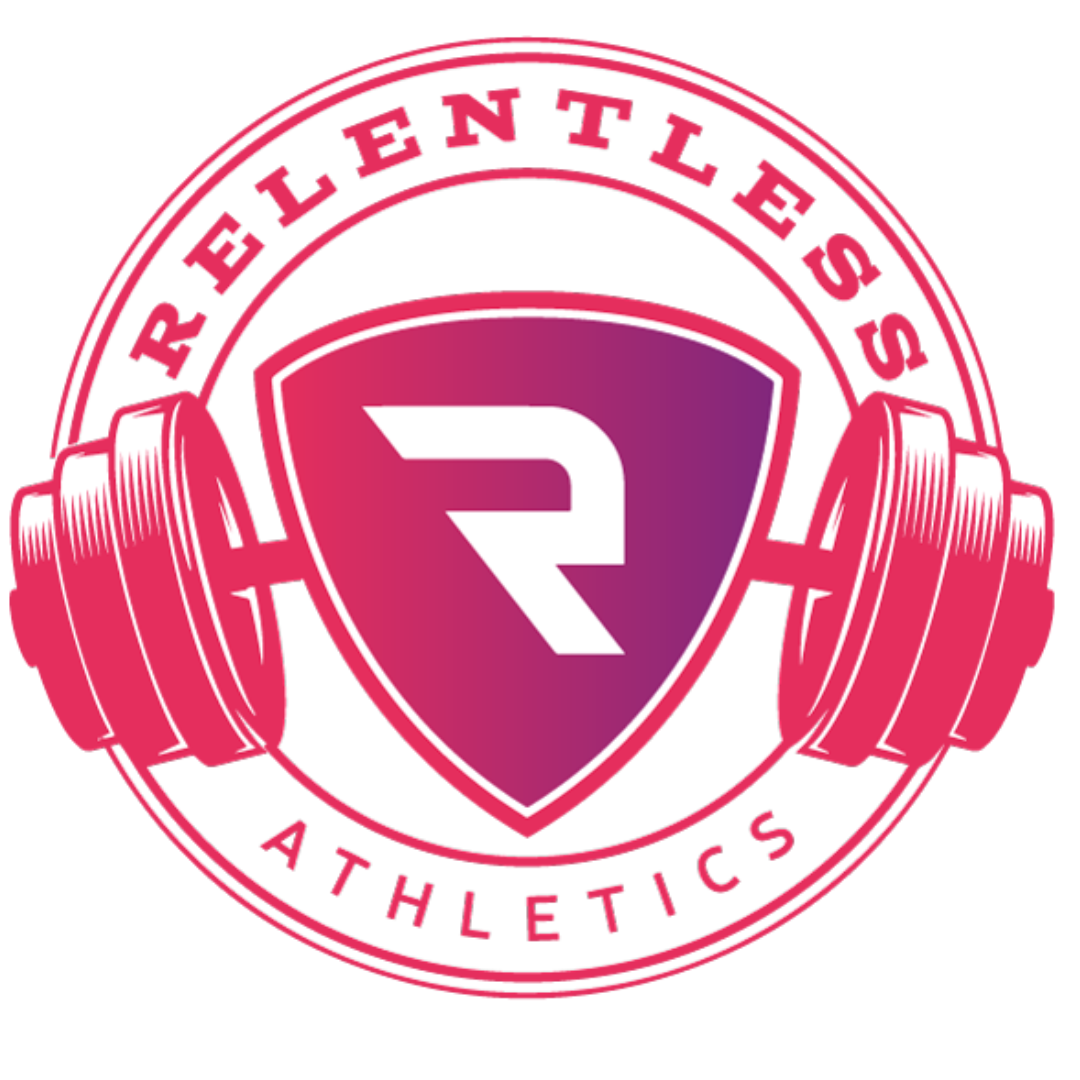FATS 101
FATS, FATS, and MORE FATS?!:
By: Emily R Pappas, M.S.
We NEED fat in our diet.
So let’s talk about fats.
Fats used to be the antagonist of the athletic world. The very name “fat” conjurers the opposite of the strong and lean look many of our athletes work to achieve.
Fortunately, people have tuned-in to the importance of fats- ESPECIALLY in the diet of the high performance athlete.
If you still seek out tasteless “low-fat” foods, let me tell you a not-so-secret of the nutrition world:
Eating Less Fat Will Make You Fat.
What?! I’m serious.
Fats provide texture and taste to foods. To compensate, when you reach for a version of a food that says “low-fat”, it’s typically been processed with extras (like sugar) to compensate.
Even worse, the low-fat approach to getting lean usually fails because fat helps you feel full. When fat is absorbed during digestion, it signals the release of Cholecystokinin or CCK and peptide tyrosine PYY, triggering the feeling of fullness. Without fats, you’ll be tempted to snack!
Of course, not all fats are created equal.
That leads us to the question…
WHAT FATS SHOULD YOU BE EATING?
Different types of fats are digested differently by our bodies. This means not all fats are best suited for athletic performance and recovery.
For female athletes, we recommend the majority of your fat intake come from mono- and polyunsaturated fats.
Pro-tip: Want an easy way to remember which fats are good? Mono and polyunsaturated fats are usually liquid at room temperature.
Where do you find these awesome fats?
Omega 3 oils, such as fish, flax seed, or walnut
Omega 6 oils, such as olive oil
Avocado
Nuts, nut butters
Eggs
Cheese
Full-Fat Yogurt*
A Word of Caution: Make sure you are reaching for real, full fat yogurt. Low fat yogurts are often loaded with extra sugars to make up for their lack of fat!
The goal is to have more of these mono and polyunsaturated fats than saturated (i.e. butter, animal fats) or trans fats (man-made fats found in highly processed foods to maintain shelf life).
WHY?
Saturated and trans fats move through the body FASTER than mono and poly.
Eating more of these types of fat have been shown to increase the amount of harmful LDL cholesterol in the bloodstream AND reduce the amount of beneficial HDL cholesterol.
Think of LDL as the type of cholesterol that CLOGS our blood flow through our arteries
Think of HDL as the type of cholesterol that helps CLEAR OUT particles that clog the blood flow.
Moral of the story: Not all fats are best for performance!
Athletes need fats that give them SLOW ENERGY.
Remember how we said CARBS are the PREFERRED FUEL for athletes during activity…..
This is because carbohydrates provide our muscles with the FAST BURSTS of energy they need to allow our performance levels to remain high!
Further away from activity, however, our body still needs ENERGY to help fuel the recovery process.
The arrival of this recovery fuel to our muscles is not as urgent as it is during activity. Fats are harder for our body to digest and take longer to deliver energy to our bodies (via the aerobic energy system)
Because our bodies need to conserve carbohydrates for our activities, FAT is the PREFERRED fuel during RECOVERY!
But there’s more to it than recovery.
Fats keep every system in our body working at an optimum level!
WHY SHOULD YOU BE EATING FATS?
Fats literally make up the outer layer of EVERY cell in our body.
What Happens if we DON’T eat enough fat?
Our hormones go crazy!
Fats are essential building blocks for our bodies hormones…and hormones are our body’s messengers between systems during recovery.
We need fat for hormone production- especially adiponectin. Adiponectin is a fat-burning hormone that regulates metabolism.
Ironically, not having a high enough intake of unsaturated fats can lead to lower levels of adiponectin- and slow your goals of getting lean!
Our bodies are deprived of essential nutrients.
Vitamins A, D, E, and K are fat-soluble. This means your body requires fat in order to use them for injury repair, recovery, and growth. You can’t absorb them without fat!
Our cells can’t communicate.
Fats are part of myelin, a material that wraps around our nerve cells and conduct electrical messages. If your diet is too low on healthy fats, it causes stress to your system!
Our cells are less structurally stable.
Literally every cell in your body has an outer layer of fat. It stores energy, insulates us, and protects our vital organs. Too little fat in your diet slows your body’s recovery.
Studies have shown too little fat intake in females corresponds with higher injury rates…including the occurrence of female athlete triad syndrome.
What is that?
Female athlete triad syndrome is a serious illness that can cause lifelong damage to your body.
It’s a terrible condition that
disrupts your hormonal balances,
leaves you fatigued,
and leads to longer recovery.
Longer recovery means simple injuries can take weeks to heal, but those who suffer from the female athlete triad are also at greater risk for serious injuries, like bone fractures.
When you are training hard but aren’t eating enough, your body is underfueled.
Low-energy availability, amenorrhea (loss of your menstrual cycle), and decreased bone density go hand in hand…but the female triad syndrome starts at the plate.
You can only train as hard as you fuel.
Underfueling is a serious risk in female athletes.
Are you a HIGH PERFORMING athlete? Don’t risk your future by not giving your body what it needs to perform!
If you aren’t satisfied with the results you’re seeing at training, don’t cut back on food. At Relentless Athletics, we coach women to perform at their highest through training and nutrition.



